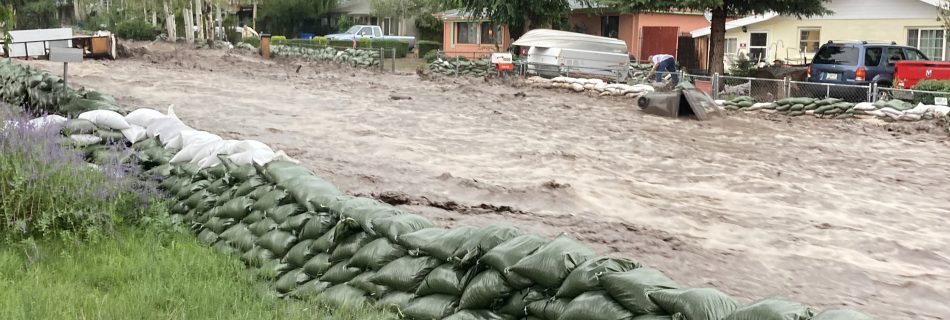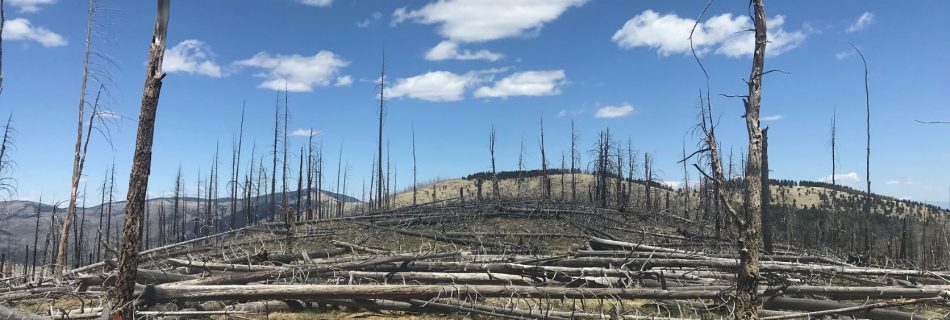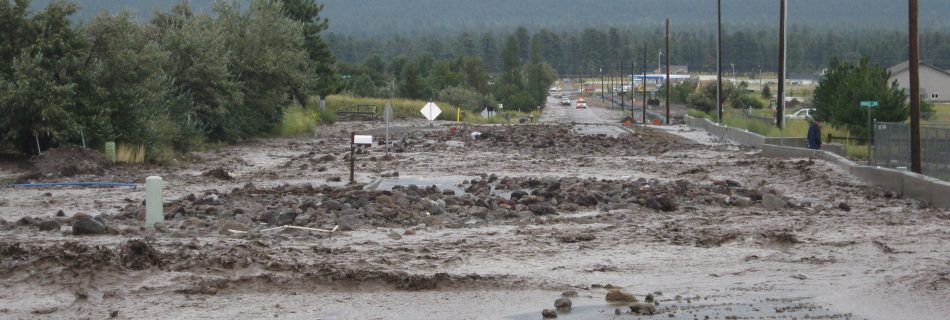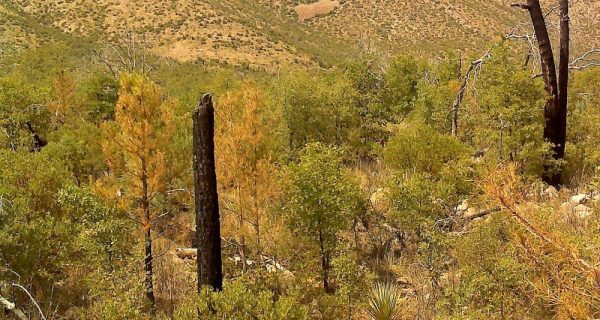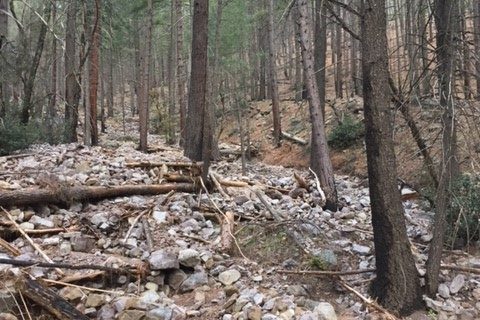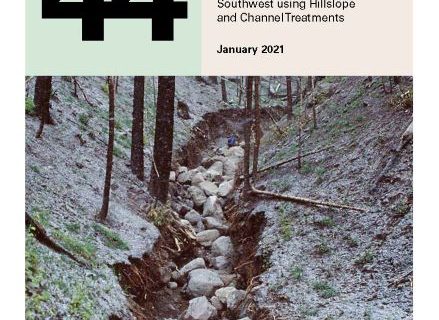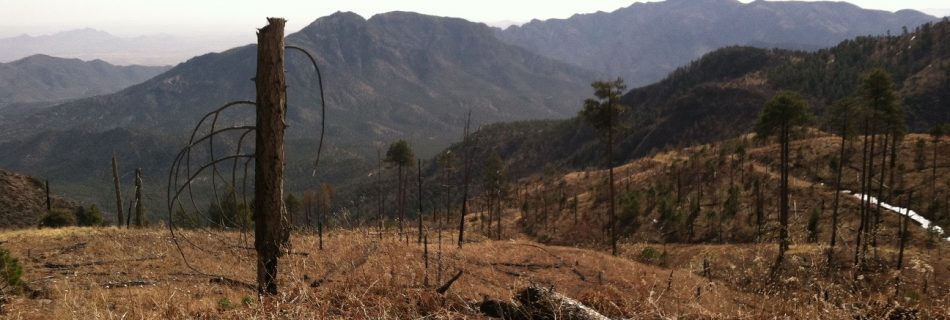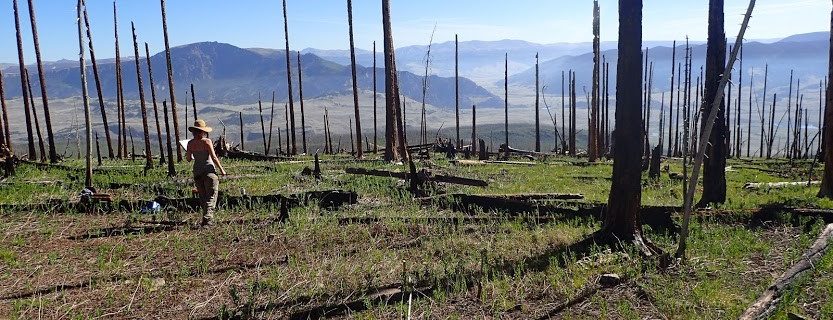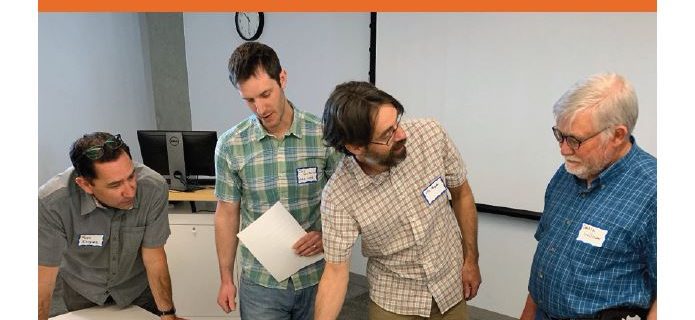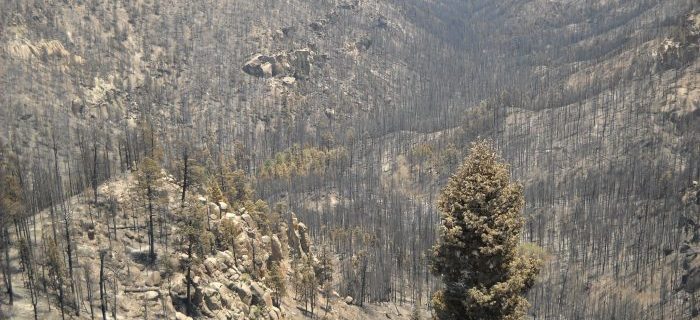Post-fire Flooding: The Museum Fire
The Museum Fire in 2019 burned 1,961 acres and a record monsoon season in 2021 caused post-fire flooding from the burn scar, which affected many homes and businesses. The Story Map aims to outline the full timeline of the fire, the aftermath and flooding, and considerations for the future. Topics include the Flagstaff Watershed Protection …

